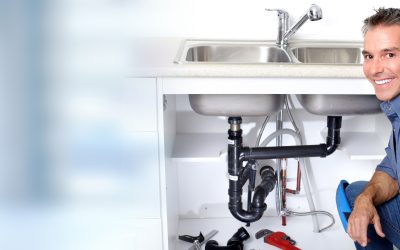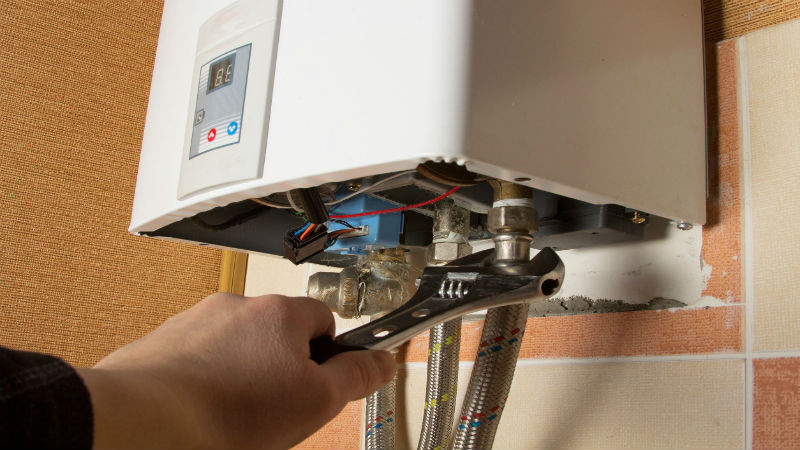There are three primary ways to get your water supply. Your home can be connected to the local water company mains, you can draw your water from a deep well, or you can purchase bottled water. Regardless of your supply method, you should understand the difference between a water softener and a reverse osmosis system in Saskatoon, SK. Knowing how they work and how each system affects the quality of your water can help you decide if you can benefit from one or the other, or both systems.
You may want to consider water softener systems if your dishes have a soapy residue after washing, your clothes are dingy looking, or the flow of water through the pipes slows down. Hard water contains a considerable amount of calcium and magnesium. These materials are quite abrasive. As the term suggests, water softeners soften the water via Ionization. Magnesium and calcium are replaced with gentler minerals such as sodium. Water softeners do not remove other contaminants. Reverse osmosis does. During the reverse osmosis process, water is forced through a membrane type of filter. The results are better tasting water, soft water, and all odors and off-colors will be eliminated. Perfection Plumbing & Drain Cleaning Ltd. in Saskatoon SK can supply and install either system.
Water softener installation and the installation of a reverse osmosis system are different. A reverse osmosis system is usually installed under the kitchen sink. Due to the size difference, a water softener is usually installed in the basement or a closet. New water softeners have a control system that automatically flushes and recharges regularly. Although this approach is common, a second type uses a computer to monitor the amount of water that passes through the mineral tank. A third type uses a mechanical meter. The meter measures water consumption and automatically initiates recharging. The advantages of this system are twofold. There is no need for electrical components, and the tank is only recharged when necessary.


